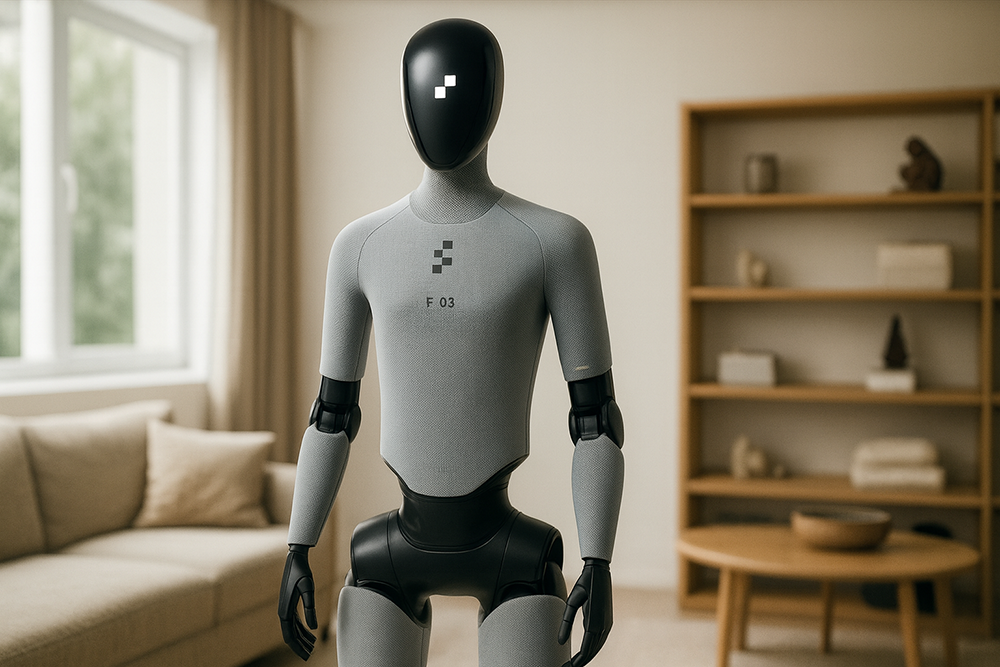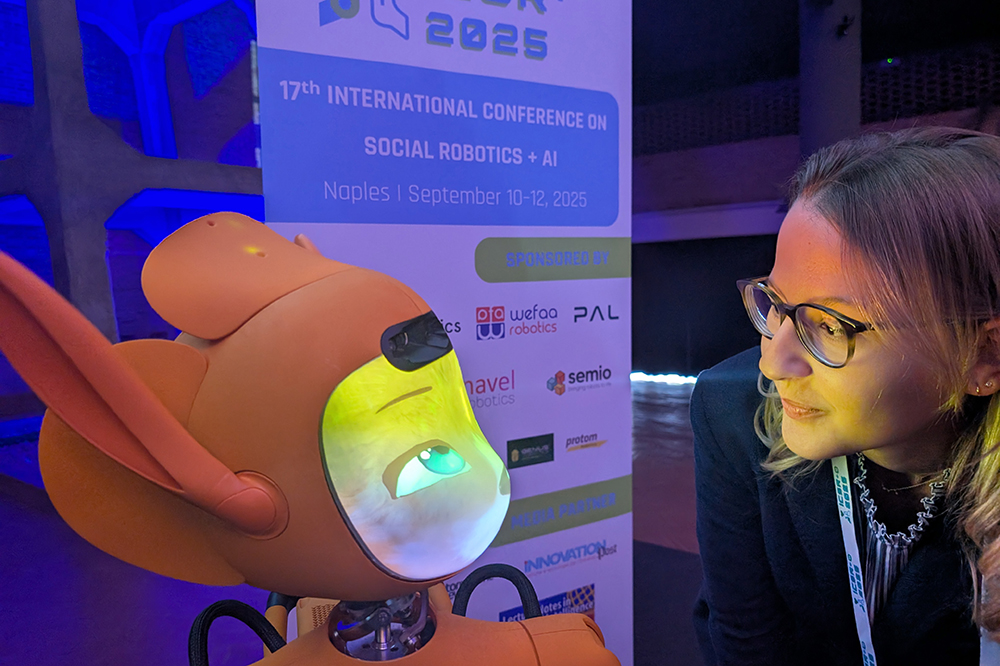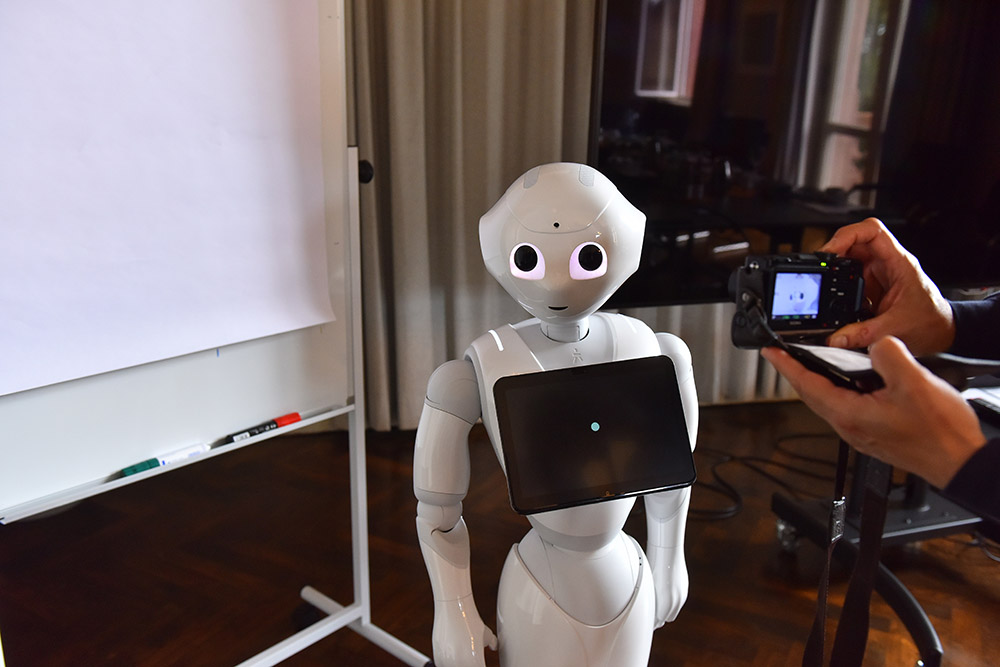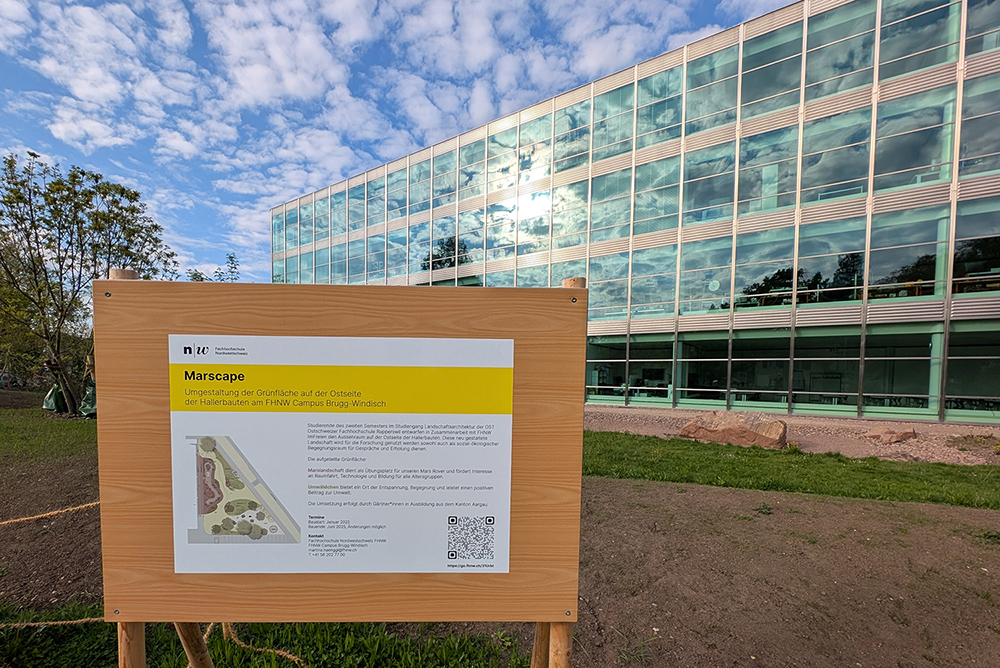In January 2023, the Proceedings of Robophilosophy 2022 were published. Included is the paper “Robots in Policing” by Oliver Bendel. From the abstract: “This article is devoted to the question of how robots are used in policing and what opportunities and risks arise in social terms. It begins by briefly explaining the characteristics of modern police work. It puts service robots and social robots in relation to each other and outlines relevant disciplines. The article also lists types of robots that are and could be relevant in the present context. It then gives examples from different countries of the use of robots in police work and security services. From these, it derives the central tasks of robots in this area and their most important technical features. A discussion from social, ethical, and technical perspectives seeks to provide clarity on how robots are changing the police as a social institution and with social actions and relationships, and what challenges need to be addressed.” (Abstract) Robots and AI systems in police work have become a hot topic. The author accepted manuscript of this article is therefore being made freely available on this site for non-commercial use only and with no derivatives, in line with the publisher’s self-archiving policy.
Launch of Figure 03
On October 9, 2025, Figure unveiled its latest general-purpose robot, called Figure 03. With the help of the Helix AI platform, it can understand speech, analyze and interpret its surroundings, and take appropriate action. Figure 03 is designed for use in the home, where it can do laundry or load and unload the dishwasher. It is covered with soft textiles instead of hard, machine-finished parts. As with earlier models, the face is mask-like and unapproachable. It has integrated palm cameras and fingers with tactile sensors. The company writes: “Each fingertip sensor can detect forces as small as three grams of pressure – sensitive enough to register the weight of a paperclip resting on your finger. This precision enables Helix to distinguish between a secure grip and an impending slip before it occurs, allowing fine-grained, dexterous control over fragile, irregular, or moving objects.” (Website Figure) Hundreds of thousands of models are to be produced in the coming years. Further information is available at www.figure.ai/figure (Image: ChatGPT/4o Image).
The Mirokaï
The third and final day of ICSR 2025, September 12, 2025, began with a keynote speech by Jérôme Monceaux entitled “Emotivation by Design: The Mirokaï”. Present was one of the Mirokaï, spectacular robots that roll on a sphere, the female Miroka. Jérôme Monceaux’s keynote traced the evolution of robotics toward more intuitive, inspiring, and joyful interactions. From the iconic Nao and Pepper robots at Aldebaran to the latest generation of social robots, The Mirokaï by Enchanted Tools, his innovative approach reshaped design, mobility, and user experience. He shared his vision for humanoid robots built to support people in everyday life and work. By combining bold engineering with endearing character design, embodied AI, and meaningful storytelling, Jérôme Monceaux and his team created a cohesive hardware and software ecosystem that integrated naturally into social environments – especially in care settings like senior living and pediatric hospitals. The approximately 300 participants watched enthusiastically as the inventor and visionary spoke to Miroka on stage and handed it a bubble flower, which it accepted and used.
A Delivery Robot in Zurich Oerlikon
Since August 2025, food delivery service Just Eat has been testing the use of delivery robots in Zurich Oerlikon, in collaboration with ETH spin-off Rivr. Several Swiss media outlets, including Inside IT und Tages-Anzeiger, reported on this on August 21, 2025. For two months, a four-legged robot with wheels will be delivering orders from the restaurant Zekis World. At first, a human operator will accompany each delivery run. What happens after that remains unclear. Although the robot is frequently referred to as autonomous in media reports, it’s also said to be monitored or even remotely controlled from a central hub. This setup is reminiscent of the Segway delivery robot that’s been operating in the U.S. for years, as well as Starship Technologies’ delivery robot, which Swiss Post tested near Bern in 2016. However, those models are more conventional in designe – ssentially wheeled boxes. The sleeker and more advanced Zurich robot, by contrast, travels at 15 km/h (about 9 mph), can handle obstacles like curbs and stairs, and uses an AI system for navigation. Its delivery container is insulated and leak-proof. The trial is reportedly a European first. If successful, Just Eat plans to expand the rollout to additional cities and retail applications. According to Inside IT, Rivr CEO Marko Bjelonic views the project as an important step toward autonomous deliveries in urban environments. However, some experts advise caution, especially in areas with heavy foot and vehicle traffic. Encounters with dogs and other animals must also be taken into account – initial research on this topic has been conducted in the context of animal-machine interaction.
Pepper and NAO in Chinese Hands
Shenzhen-based Maxvision Technology Corp. has acquired the core assets of French robotics pioneer Aldebaran, including its iconic humanoid robots NAO and Pepper. This was reported by The Robot Report in its article “Maxvision buys core robot assets of Aldebaran, including Nao and Pepper” from July 19, 2025. The move follows Aldebaran’s bankruptcy and receivership earlier this year. The company, founded in 2005, became known for designing approachable humanoid robots for education, healthcare, retail, and research. Maxvision stated that the acquisition will bolster its R&D in emotional interaction and motion control, expand its product portfolio into humanoid robotics, and support global expansion – particularly in Europe and North America. According to The Robot Report, strategic sectors include eldercare, education, border security, and emergency services. To honor Aldebaran’s legacy, Maxvision plans to establish a French subsidiary, retaining local teams and investing in continued innovation, especially in education and healthcare applications.
NAO Robotics SA
Following the recent news that French robotics company Aldebaran has entered judicial liquidation, RobotLAB has issued a press release to reassure customers and partners of continued support for NAO and Pepper robots. A new company, NAO Robotics SA, is being formed to acquire Aldebaran’s intellectual property and engineering team. Development on the next-generation NAO V7 has already resumed. RobotLAB, a long-time NAO partner since 2009, remains fully operational with robots, parts, and support services in stock. With over 6,500 NAO robots deployed, the company continues to provide training, repairs, and educational tools, including the recently launched NAO AI Edition with ChatGPT integration. RobotLAB emphasized there will be no disruption for current customers and views this transition as a new beginning for the NAO platform.
Suzuki Presents its Moqba
“On June 5, 2025, Suzuki made headlines in the robotics and mobility sector by launching the Moqba, a $3,000 four-legged transport robot designed to revolutionize urban commuting, accessibility, and logistics.” (The Jurnals, 6 June 2025) This was reported by The Jurnals in the article “Suzuki’s Moqba Unleashed: A $3,000 Robot Dog Redefining Urban Mobility” on June 6, 2025. “The Moqba’s sleek design features a white-and-black color scheme, a futuristic aesthetic, and a saddle-like seat for riders, blending practicality with a forward-thinking vision. Its four-legged structure, inspired by robots like Spot, allows it to navigate varied terrain, making it a versatile tool for both individual transport and commercial applications. With a top speed of 20 mph (32 km/h) and a range of up to 50 miles (80 km) on a single charge, the Moqba is well-suited for urban environments, where short, efficient trips are the norm.” (The Jurnals, 6 June 2025) The device looks solid and ready for use. However, it is probably not suitable for people taller than 180 cm. It is also unlikely to be suitable for physically disabled people. For everyone else, it could be an interesting way to get around (Image: ChatGPT/4o Image).
The Aldebaran Story Comes to an End
On June 2, 2025, Aldebaran announced the end of the “Aldebaran Story” in a video. The video recounts the history of the company. Founded in 2005 by Bruno Maissonier of France, NAO, one of the best-known social robots to date, was launched the following year. The company has sold 20,000 units, primarily to universities and research institutes. These institutions then developed applications for children and the elderly. In 2012, SoftBank invested in the company so that Pepper could be built. Seventeen thousand units were produced. They sold out in 2024. Once again, researchers and developers created numerous applications for Pepper. In 2021, the United Robotics Group, backed by the RAG Foundation, invested in the company and moved production back to Paris. That marked the beginning of the end. Plato was created as a competitor to the Chinese BellaBot. However, Aldebaran’s and the United Robotics Group’s problems were apparent by the beginning of 2025. In March, Aldebaran announced its insolvency. Buyers were sought, but to no avail. At the beginning of June, the company announced the end of its history.
A Martian Landscape on the Brugg-Windisch Campus
Students from the Eastern Switzerland University of Applied Sciences (Campus Rapperswil) have created a Martian landscape in front of the Hallerbau on the Brugg-Windisch campus in collaboration with the FHNW. This will serve as a training ground for the FHNW Mars rover and promote “interest in space travel and technology” (information sign on the construction site, own translation). According to the website, the FHNW rover team consists of “an interdisciplinary group of students from the School of Engineering and Environment and the School of Computer Science”. The so-called “Umwäldchen” with new plantings offers a place for relaxation and encounters and makes a “positive contribution to the environment” (information sign on the construction site). According to its website, the FHNW is “active in the development of observation instruments, components and manufacturing processes for the aerospace sector”. In addition to the aforementioned universities, the FHNW School of Business is also active in this field. In 2021, SPACE THEA was developed, a voice assistant for Mars flights, which was presented at the AAAI Spring Symposia at Stanford University in 2022 and attracted the attention of NASA. In 2025, the focus will be on social robots for Mars flights with a view to ICSR 2025.
Bao in Olten
From April 15 to 17, 2025, the elective module “Social Robots” once again took place at the FHNW School of Business – as it has so often since 2021. The participants were information systems students from various locations. And once again, a GPT specialized in the topic was available, namely Social Robotics Girl. Prof. Dr. Oliver Bendel repeatedly had her explain the facts and then made additions. She also asked questions to the audience and provided a few laughs with her competent and nerdy manner. The robots at the demo included Unitree Go2 (called Bao), Pepper, Alpha Mini, Booboo, Furby, Cozmo, and Aibi. With the exception of Pepper, they all come from the Social Robots Lab, which is privately funded by Prof. Dr. Oliver Bendel. Unitree Go2 was used to explore not only the seminar room on the Olten campus, but also the area in front of it. The robotic four-legged friend ran forwards and backwards, jumped, stood on its hind legs, drew a heart in the air, and impressed with various dance interludes. When designing their own social robots – the students complete this task in groups – they again worked with the five-dimensions model by Oliver Bendel and image generators.









